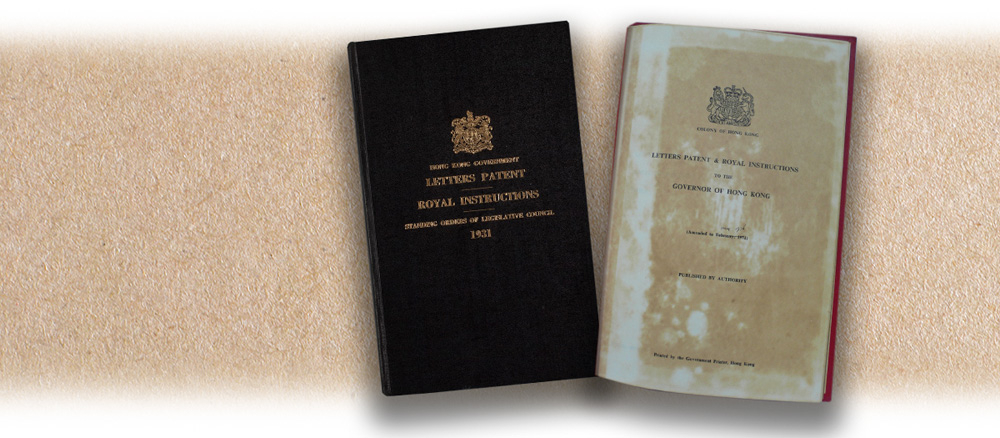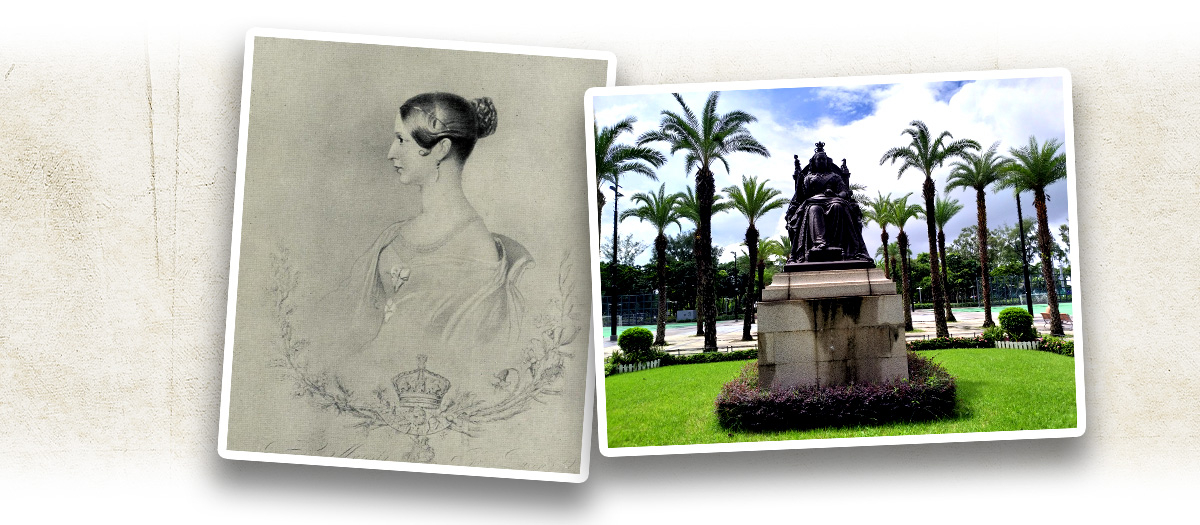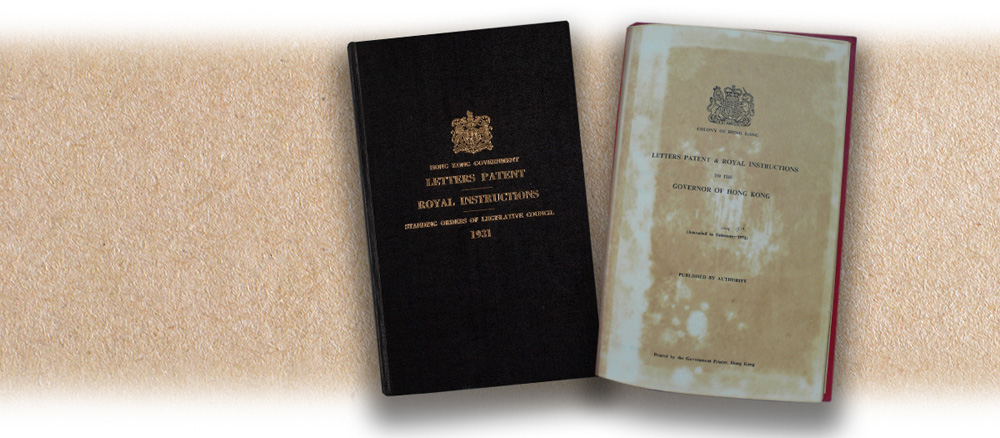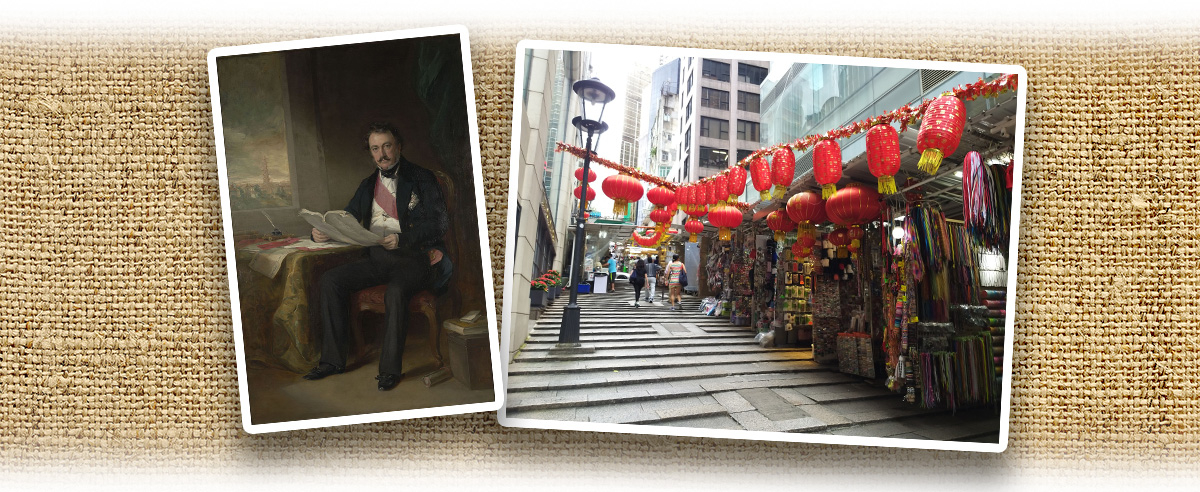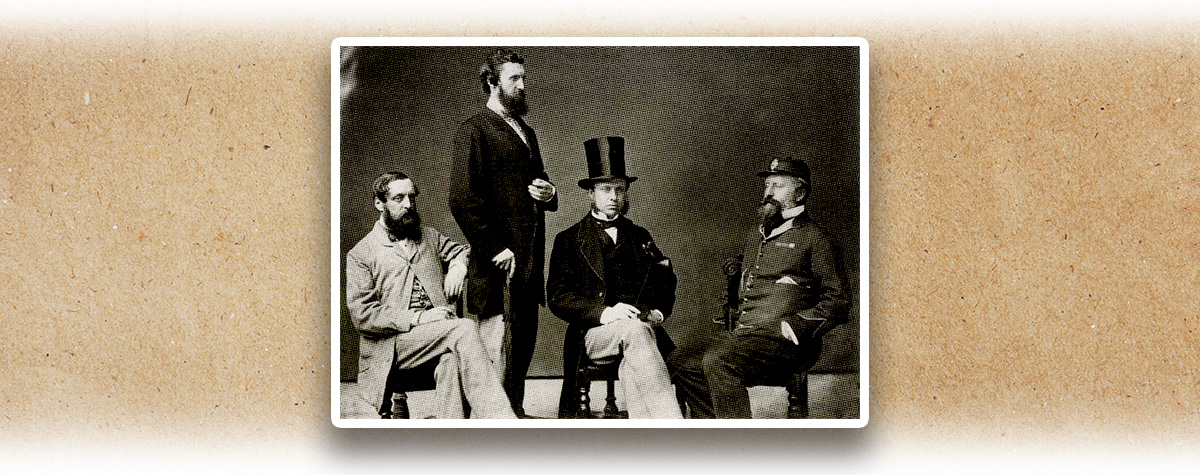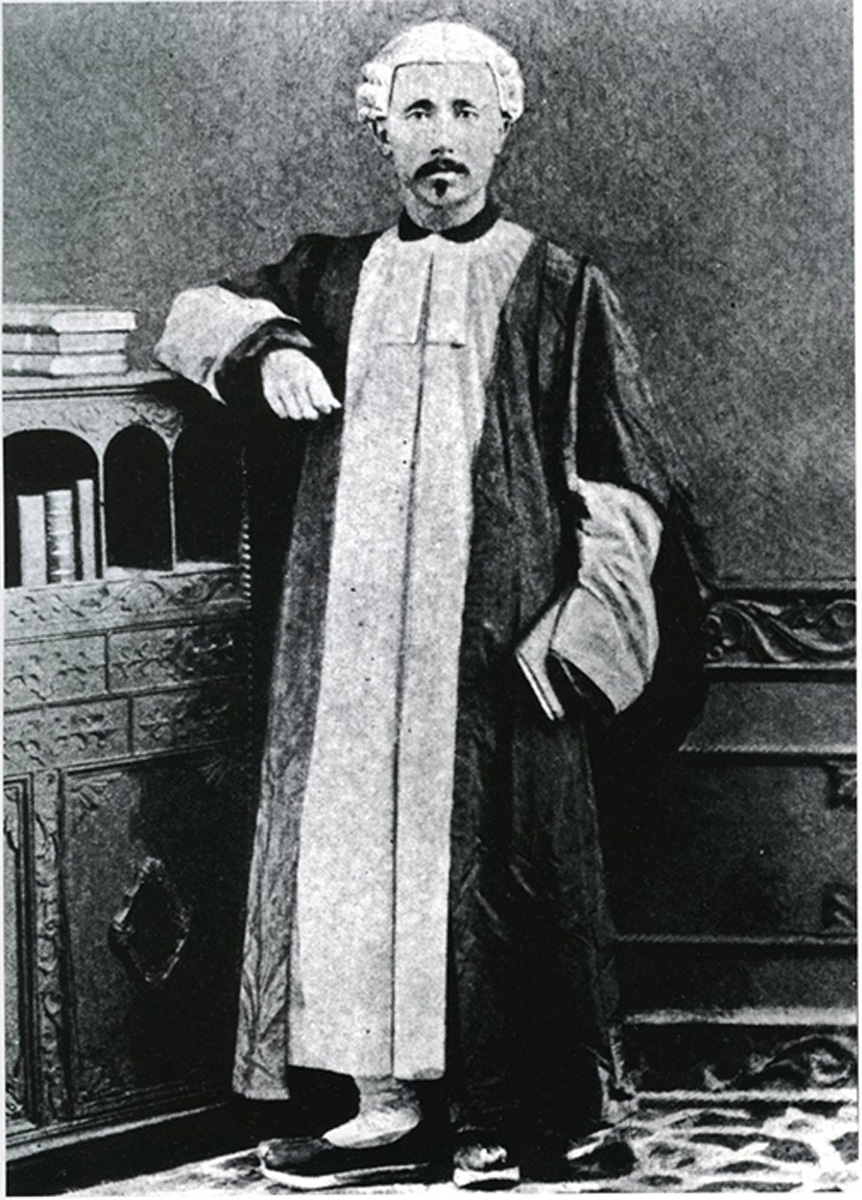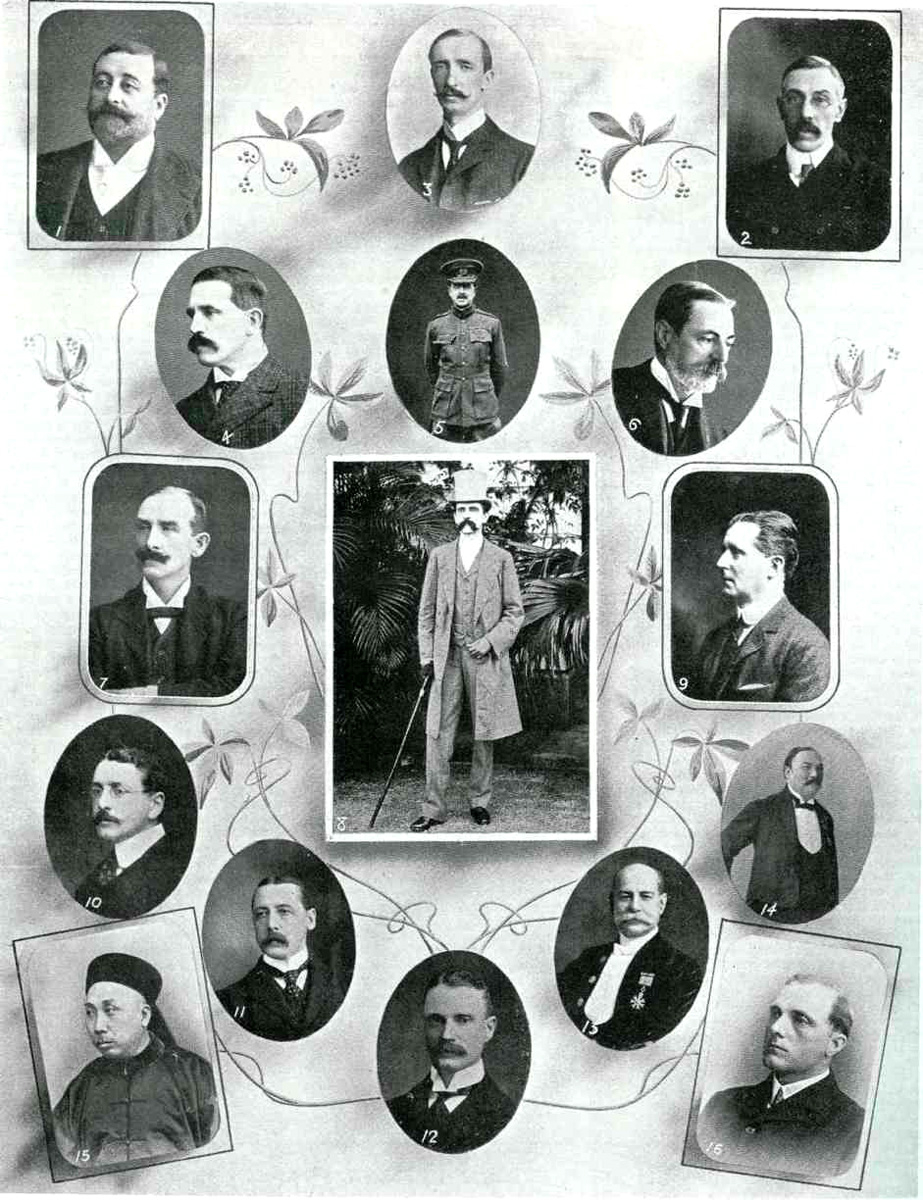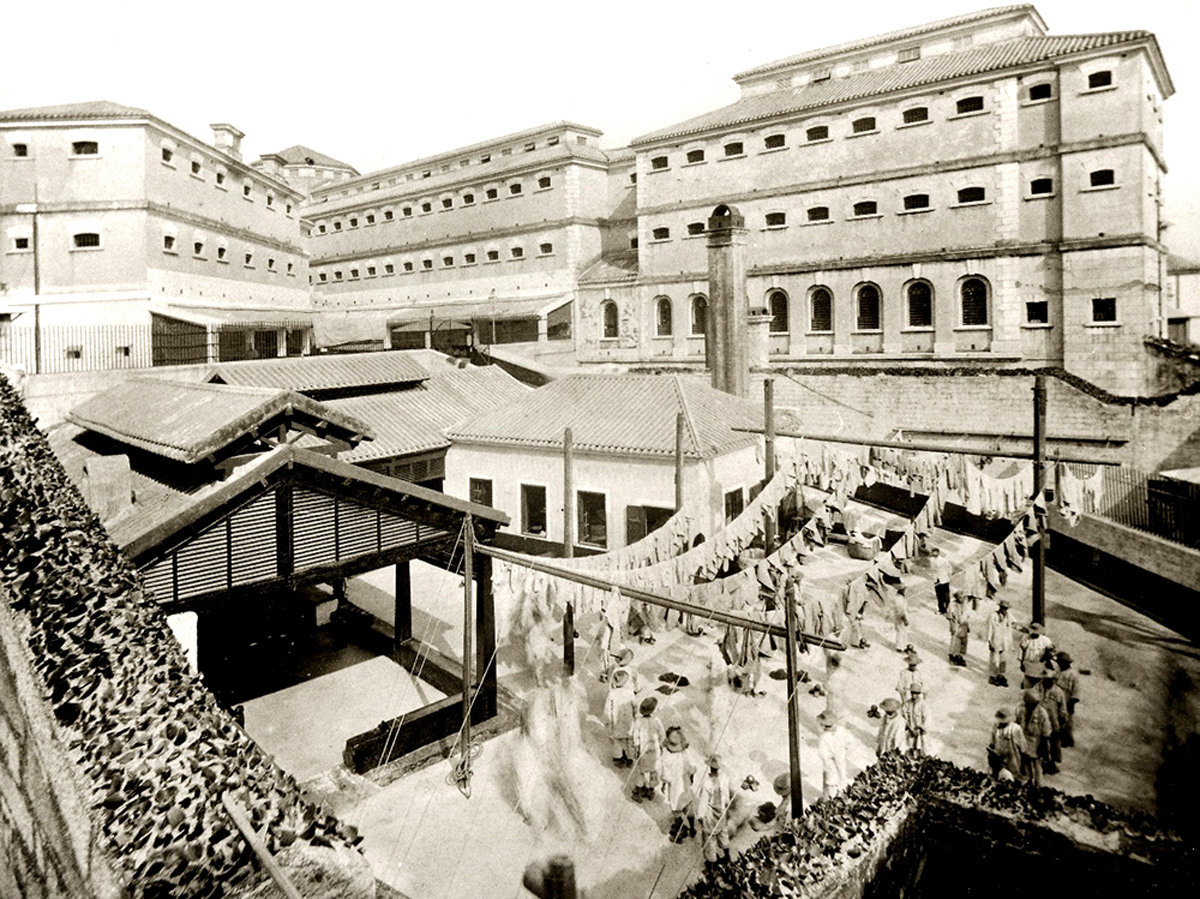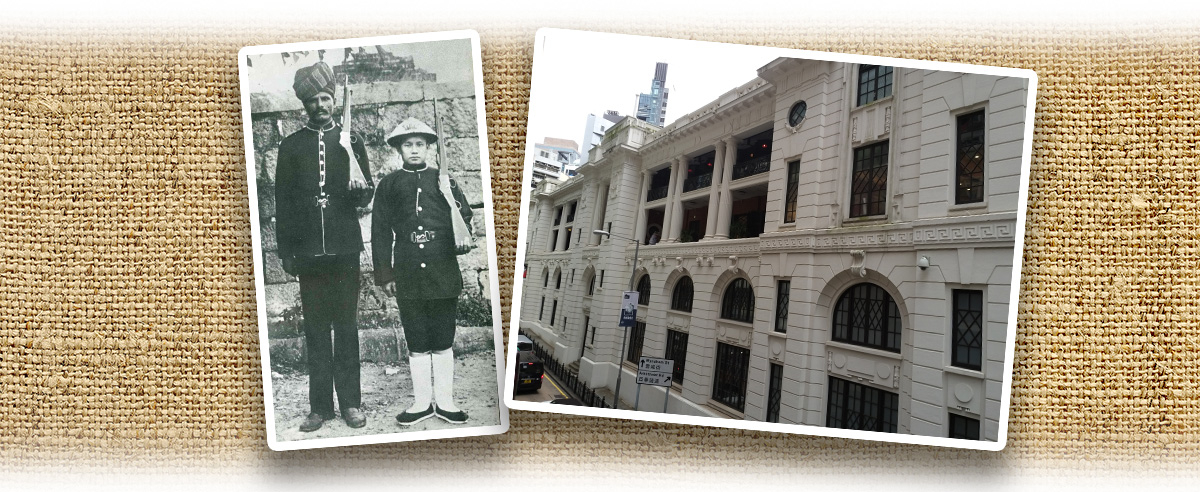The British forces landed on Hong Kong Island on 25 January 1841 and held a flag-raising ceremony the next day, marking the establishment of Hong Kong as a free port. Defeated in the First Opium War, the Qing government signed the Treaty of Nanking (or Treaty of Nanjing,《南京條約》) with Britain in 1842. It officially commenced the British rule in Hong Kong. The Queen of Britain promulgated the Hong Kong Letters Patent and the Hong Kong Royal Instructions. As the constitutional documents of ruling Hong Kong, they stipulated the power of the Hong Kong Governor, the establishment of the Executive Council and the Legislative Council, etc.
The Hong Kong Governor, who was appointed by the British Crown, had to swear allegiance to the British Crown when he took up office. Soon after the first Hong Kong Governor Sir Henry Pottinger assumed office, he established the Hong Kong government, the Executive Council, and the Legislative Council in accordance with the Hong Kong Letters Patent. The Executive Council was the highest consultative body in Hong Kong while the Legislative Council was the law-making body. Both Councils were presided over by the Governor and their members were appointed by him. He held significant power as the two Councils only served as consultants in policy-making. Regarding the judiciary, the Supreme Court of Hong Kong was established in 1844. The judicial independence and the rule of law have been practising in Hong Kong since then.
|
|
What political system was adopted in British Hong Kong? What was its judiciary like? How did it help develop the concept of rule of law for future Hong Kong? |
|
|
See answer below. |
The portrait of Queen Victoria (reigned between 1837 and 1901) and her bronze sculpture in Victoria Park, Hong Kong. Hong Kong was under the British rule during the Victorian era when Britain was at its peak.
The Hong Kong Royal Instructions and the Hong Kong Letters Patent printed in the 1930s and 1970s respectively. Several amendments were made to these two constitutional documents of British Hong Kong after they were promulgated in 1843.
Sir Henry Pottinger and present-day Pottinger Street, a street in Hong Kong named after him. During the First Opium War, Pottinger’s forces defeated the Qing forces between 1841 and 1842. He then signed the Treaty of Nanking on behalf of Britain in 1842 and was appointed as the first Hong Kong Governor the next year. He founded the British rule in Hong Kong.
The Executive Council and the Legislative Council were established in August 1843. Their first sessions were held in January 1844. The photo shows some members of the Executive Council in Hong Kong in 1860, including the 5th Hong Kong Governor Sir Hercules Robinson (left third).
The Executive Council was the highest consultative body in Hong Kong. Its role was to advise the Hong Kong Governor in policy-making. The Legislative Council was the law-making body. The Hong Kong Governor, the president of both Councils, would appoint government officials as official members and influential people in society as unofficial members. At first, all members of the two Councils were British.
In 1880, Ng Choy (伍才, also known as Wu Ting-fang﹝伍廷芳﹞) was appointed as the first Chinese unofficial member of the Legislative Council.
The members of the Legislative Council and the Executive Council during the early 20th century. Ho Kai (何啓, 14) and Boshan Wei-yuk (韋玉, 15) were Chinese unofficial members of the Legislative Council.
In 1926, Chow Shou-son (周壽臣) was appointed as the first Chinese unofficial member of the Executive Council.
The Canton-Hong Kong Strike occurred between 1925 and 1926. To alleviate China’s anti-British sentiment and to encourage the Hong Kong Chinese to be loyal to Britain, Sir Cecil Clementi appointed Chow Shou-son as the first Chinese unofficial member of the Executive Council in 1926. Since then, Chinese members started taking seats in the Executive Council.
The Court of Final Appeal Building and the Statue of Justice on top of the building. It stands as a testimony to the century-long history of the legislature and the judiciary in Hong Kong.
Formerly the Supreme Court Building, the Court of Final Appeal Building was formally opened in 1912. Its pediment is topped with the blindfolded Statue of Justice. She is holding a set of scales on her right hand and a sword on her left hand. They represent fairness and a symbol of power respectively. The building was occupied by the Legislative Council from 1985 to 2011. It was used for judicial purposes again and became the Court of Final Appeal Building in 2015.
The Victoria Prison was built soon after Britain occupied Hong Kong in 1841. It was the first prison in Hong Kong. The photo shows some prisoners exercising in the prison yard in 1895.
Hong Kong police officers in early days and the present-day Central Police Station Compound completed in 1864. The Police Force enhanced the British rule in Hong Kong.
The Hong Kong Police Force was established in 1844. The Central Police Station Compound was completed in 1864 and underwent a number of extension works until 1925. The former police headquarters and the surrounding compound have adopted the name “Tai Kwun”, meaning “big station” in Chinese. This declared monument has been open to public for free since 2018.
In early years, the British took up the senior posts in the Hong Kong Police Force and managed the Indian and Chinese police officers. At that time, police officers often gave commands in English and blew their whistles when chasing suspects. Their uniforms were green in colour and the Sikh Indian police officers’ turbans made their heads look big. These earned them a nickname the “green-clothed big head”. There was also a bantering children’s song which went, “ABCD, green-clothed big head; the thief escapes, the whistle is blown.”
|
|
What political system was adopted in British Hong Kong? What was its judiciary like? How did it help develop the concept of rule of law in future Hong Kong? |
|
|
An authoritative political system led by the British was adopted in British Hong Kong. The Hong Kong Governor was the authorised representative of the British Crown who commanded the British garrison in Hong Kong. Consultative in nature, all members of both the Executive Council and the Legislative Council were appointed by the Governor holding absolute power. The judiciary, however, was independent of him. This helped maintained its credibility in society. Civilians in general respected and abided the law, which helped develop the concept of rule of law. It has become the cornerstone and a widely accepted core value of Hong Kong society that most Hong Kong people identify with. |
Unless otherwise specified, the images in this material are provided by Professor Lau Chi-pang and Professor Liu Shuyong. Every effort has been made to trace the copyright holders and obtain permission to reproduce this material. Please do get in touch with any enquiries or any information relating to this image or the rights holder.




